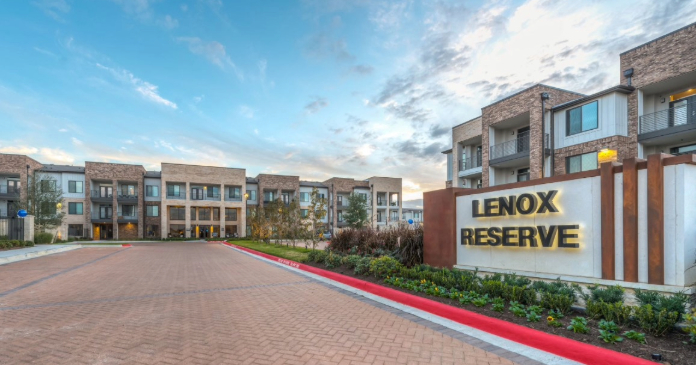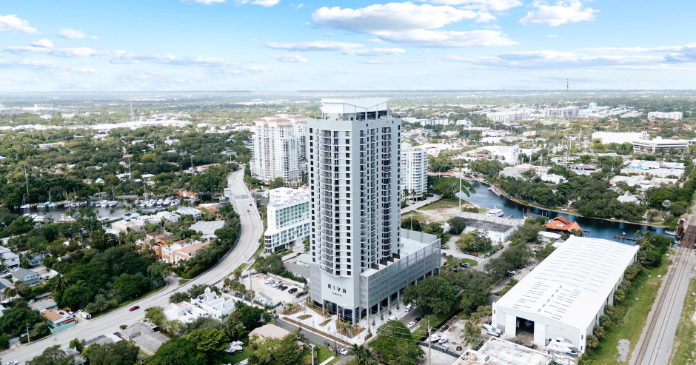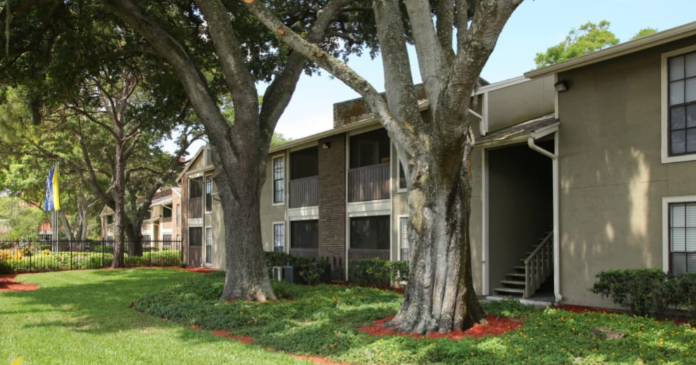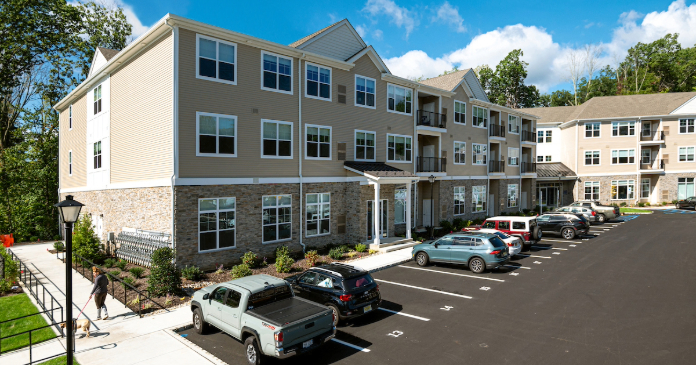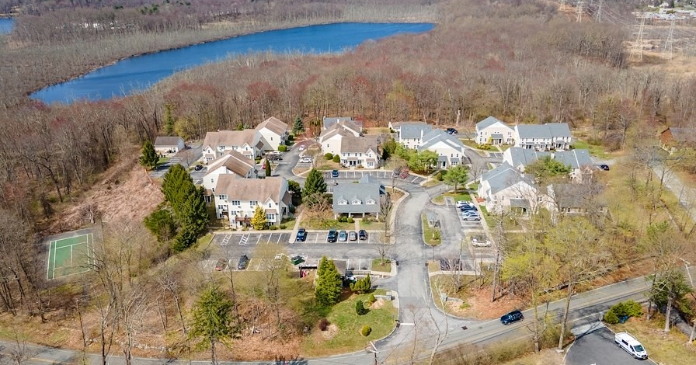Housing affordability held steady at its lowest level in nearly a decade, as higher home prices offset lower mortgage rates to keep the affordability rate flat in the third quarter of 2021. However, ongoing supply-chain disruptions and the prospect of higher interest rates in the future threaten to exacerbate affordability problems in the months ahead.
According to the National Association of Home Builders (NAHB)/Wells Fargo Housing Opportunity Index (HOI) released today, 56.6 percent of new and existing homes sold between the beginning of July and end of September were affordable to families earning the U.S. median income of $79,900. This is unchanged from the 56.6 percent of homes sold in the second quarter of 2021 and remains the lowest affordability level since the beginning of the revised series in the first quarter of 2012.
“Persistent building material supply chain bottlenecks and tariffs on Canadian lumber and Chinese steel and aluminum continue to place upward pressure on construction costs and home prices,” said NAHB Chairman Chuck Fowke, a custom home builder from Tampa, Fla. “Policymakers must fix supply chain vulnerabilities that are disrupting and delaying construction projects and hurting housing affordability.”
“Interest rates are anticipated to gradually rise in the coming months as the Fed begins to taper its monthly bond and mortgage-backed securities purchases,” said NAHB Chief Economist Robert Dietz. “To keep affordability problems from worsening in the future, policymakers need to tackle supply-chain challenges that are hindering new home production. Helping builders boost output will also slow the rapid rise in home prices that has occurred over the past year.”
The HOI shows that the national median home price increased to a record $355,000 in the third quarter, up $5,000 from the second quarter and $35,000 from the first quarter. Meanwhile, average mortgage rates fell by 14 basis points in the third quarter to 2.95 percent from the rate of 3.09 percent in the second quarter. However, mortgage rates are currently running above 3.1 percent, and this higher trend could affect affordability later this year and into 2022.
The most and least affordable markets
Lansing-East Lansing, Mich., was the nation’s most affordable major housing market, defined as a metro with a population of at least 500,000. There, 89.1 percent of all new and existing homes sold in the third quarter were affordable to families earning the area’s median income of $79,100.
Top five affordable major housing markets:
-
- Lansing-East Lansing, Mich.
- Pittsburgh, Pa.
- Indianapolis-Carmel-Anderson, Ind.
- Scranton–Wilkes-Barre–Hazleton, Pa.
- Harrisburg-Carlisle, Pa.
Meanwhile, Davenport-Moline-Rock Island, Iowa-Ill., was rated the nation’s most affordable small market, with 93.4 percent of homes sold in the third quarter being affordable to families earning the median income of $76,300.
Top five affordable small housing markets:
-
- Davenport-Moline-Rock Island, Iowa-Ill.
- Monroe, Mich.
- Sierra Vista-Douglas, Ariz.
- Fairbanks, Alaska
- Wheeling, W.Va.-Ohio.
For the fourth straight quarter, Los Angeles-Long Beach-Glendale, Calif., remained the nation’s least affordable major housing market. There, just 8.3 percent of the homes sold during the third quarter were affordable to families earning the area’s median income of $80,000.
Top five least affordable major housing markets-all located in California:
-
- Los Angeles-Long Beach-Glendale
- Anaheim-Santa Ana-Irvine moved up one spot to tie
- San Francisco-Redwood City-South San Francisco in the second slot
- San Diego-Carlsbad
- Oxnard-Thousand Oaks-Ventura
Four of the five least affordable small housing markets were also in the Golden State. However, at the very bottom of the affordability chart was Corvallis, Ore., where 6 percent of all new and existing homes sold in the third quarter were affordable to families earning the area’s median income of $93,000.
Top five least affordable small housing markets:
-
- Corvallis, Ore.
- Salinas, Calif.
- Napa, Calif.
- Santa Cruz-Watsonville, Calif.
- San Luis Obispo-Paso Robles-Arroyo Grande, Calif.
Please visit nahb.org/hoi for tables, historic data and details.




